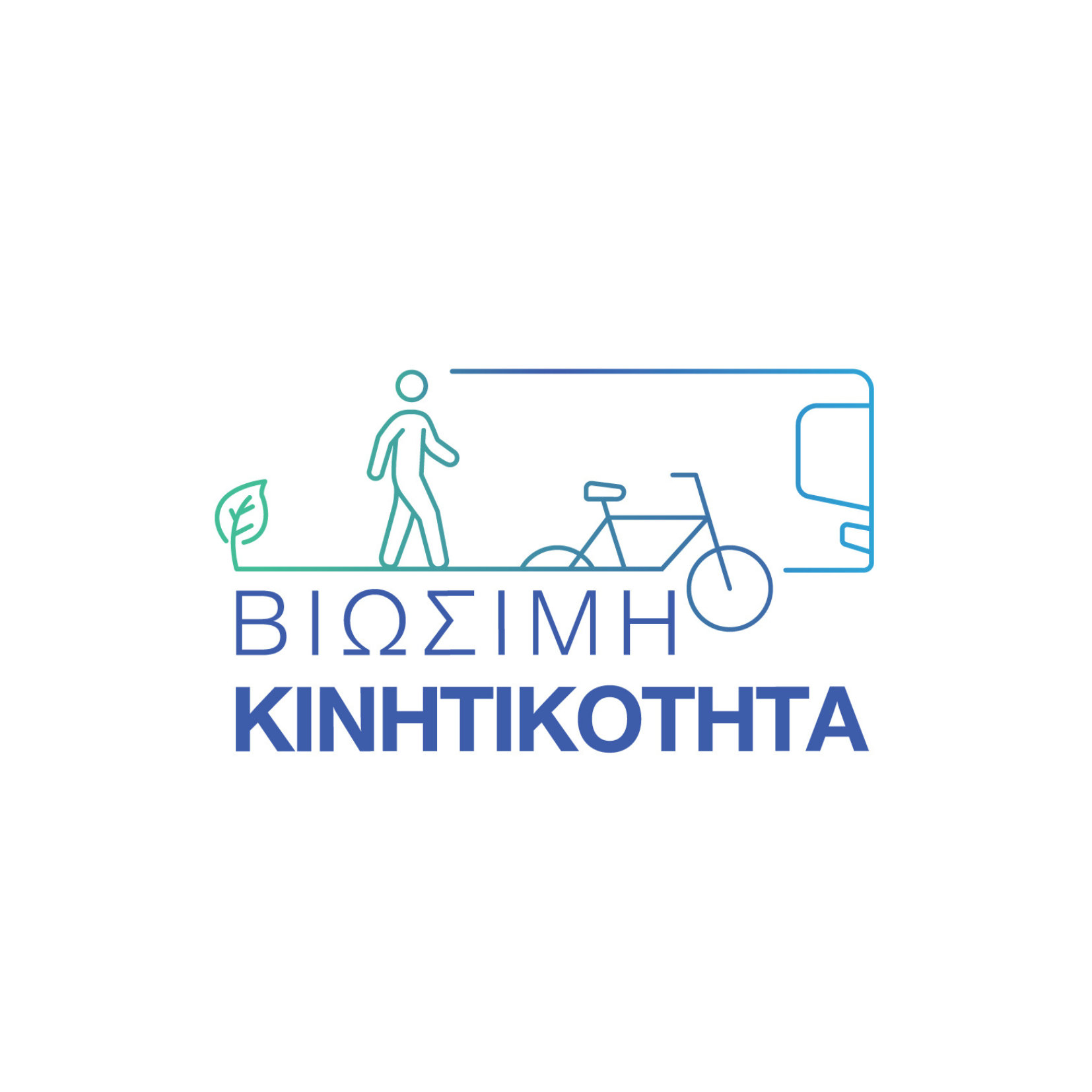Sustainable Urban Mobility Plans

What are Sustainable Urban Mobility Plans (SUMPs) and why should we care?
Sustainable Urban Mobility Plans (SUMPs) are strategic blueprints that shape the future of how we move around our cities. Their goal is to create a more livable, efficient, and clean urban environment by reducing our reliance on cars and promoting alternative ways of getting around — like walking, cycling, and public transport.
Each SUMP is tailored to the specific needs and characteristics of its local area. It’s built through data analysis, the evaluation of different planning scenarios, and — most importantly — the active involvement of citizens and local stakeholders.
As these plans are rolled out in the coming years, our cities will become more sustainable, safer, and better aligned with the everyday needs of the people who live and work in them.
What does each SUMP propose?
SUMP Nicosia
As Cyprus’ largest urban area, Nicosia faces daily traffic congestion. Its Sustainable Urban Mobility Plan includes:
- 6 Low-Speed Zones with a 30 km/h limit
- 10 Traffic-Calm Neighborhoods within those zones
- Priority bus measures (dedicated lanes and improved bus line efficiency)
- A cycling network and safe bike crossings
- Controlled parking in the commercial and historic center
- Urban freight logistics management strategies
See the Final Action Plan here.
SUMP Limassol
Rapidly growing Limassol needs to balance mobility for residents, workers, and visitors. Key proposals include:
- Traffic-calming interventions and speed reductions across the city
- Pedestrianisation of high-footfall commercial streets
- Expansion and connection of pedestrian areas between the city center and seafront between the city center and seafront
- A comprehensive bike lane network with shared bike stations
- Dedicated bus lanes to improve public transport reliability
- Upgraded bus stops with smart information technology
See the Final Action Plan here.
SUMP Larnaca
With its evolving tourism and business profile, Larnaca's plan focuses on connectivity and access:
- Direct airport connection to the city center and upgraded Central Bus Station
- Transformation of the seafront avenue and historic center into calm-traffic zones
- A cycling and pedestrian network linking neighborhoods, schools, and cultural spots
- Enhanced accessibility for people with reduced mobility across the urban area
See the Final Action Plan here.
SUMP Paphos
As a city known for tourism and UNESCO heritage sites, Paphos focuses on sustainable access and visitor experience:
- Linking the historic center to Kato Paphos and the harbor through a “green loop” for walking, cycling, and micromobility
- Integration of main transit terminals and transfer hubs
- Boosted urban bus service with denser routes and real-time updates
- Improved traffic flow on peripheral roads and better access to archaeological sites and hotels
See the Final Action Plan here.
SUMP Famagusta
Shaped by its unique geography and strong tourist appeal, the Famagusta plan focuses on area-wide service and visitor mobility:
- Connecting main tourist and suburban areas via green routes and public transport lines
- Pilot introduction of “on-demand transit services” in low-density zones
- Micromobility lanes (for e-bikes, scooters) with charging stations
- Improved pedestrian and cyclist safety and signage in tourist hotspots like Protaras and Ayia Napa
See the Final Action Plan here.



